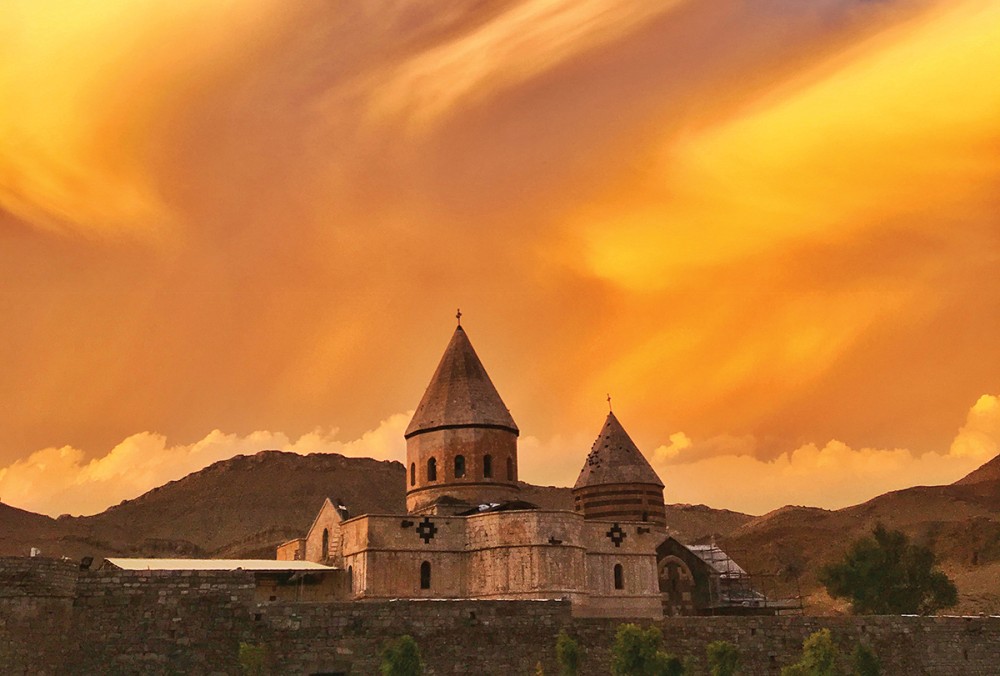Islamic loyalty is declining in Iran
What’s replacing it?

When I do public talks on global Christianity, I often face a question about Iran. Is it true that Christianity is spreading like wildfire in that country, that it is an emerging center of the faith in the Middle East? My answer is that I hear many anecdotal stories about such growth, but without hard evidence, I keep an open mind. Now we actually have such evidence, and the picture it gives is both more and less than enthusiasts might wish.
This summer, the Netherlands-based Group for Analyzing and Measuring Attitudes in Iran published the results of a survey of the religious opinions of a large sample of Iranians, of whom 1.5 percent declared themselves Christian. That figure is unlikely to be too exaggerated, because it takes some nerve to admit publicly to something the government might find seditious. We can reasonably say that Iran has some 1.2 million Christians, which is impressive in that harsh political setting, and we could argue that this represents a foundation for future growth.
Even so, it is still a small minority. It corresponds roughly to the number of Muslims or Buddhists in the US. And it includes members of small, long-established Christian communities, not just recent converts.





